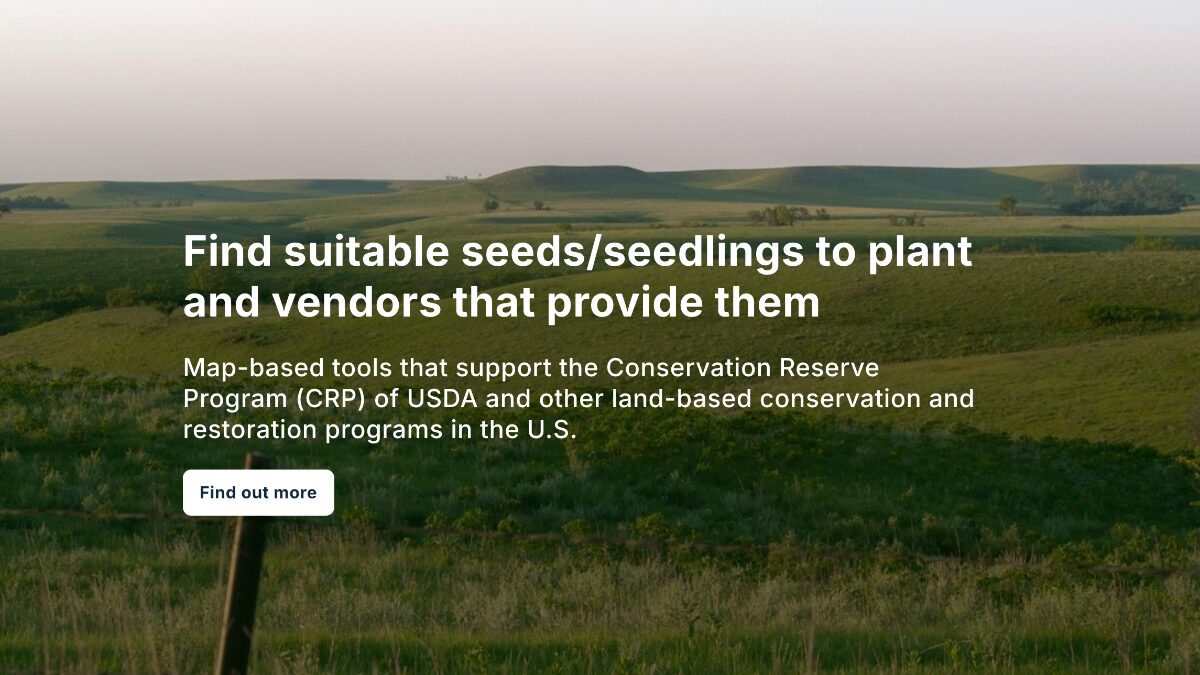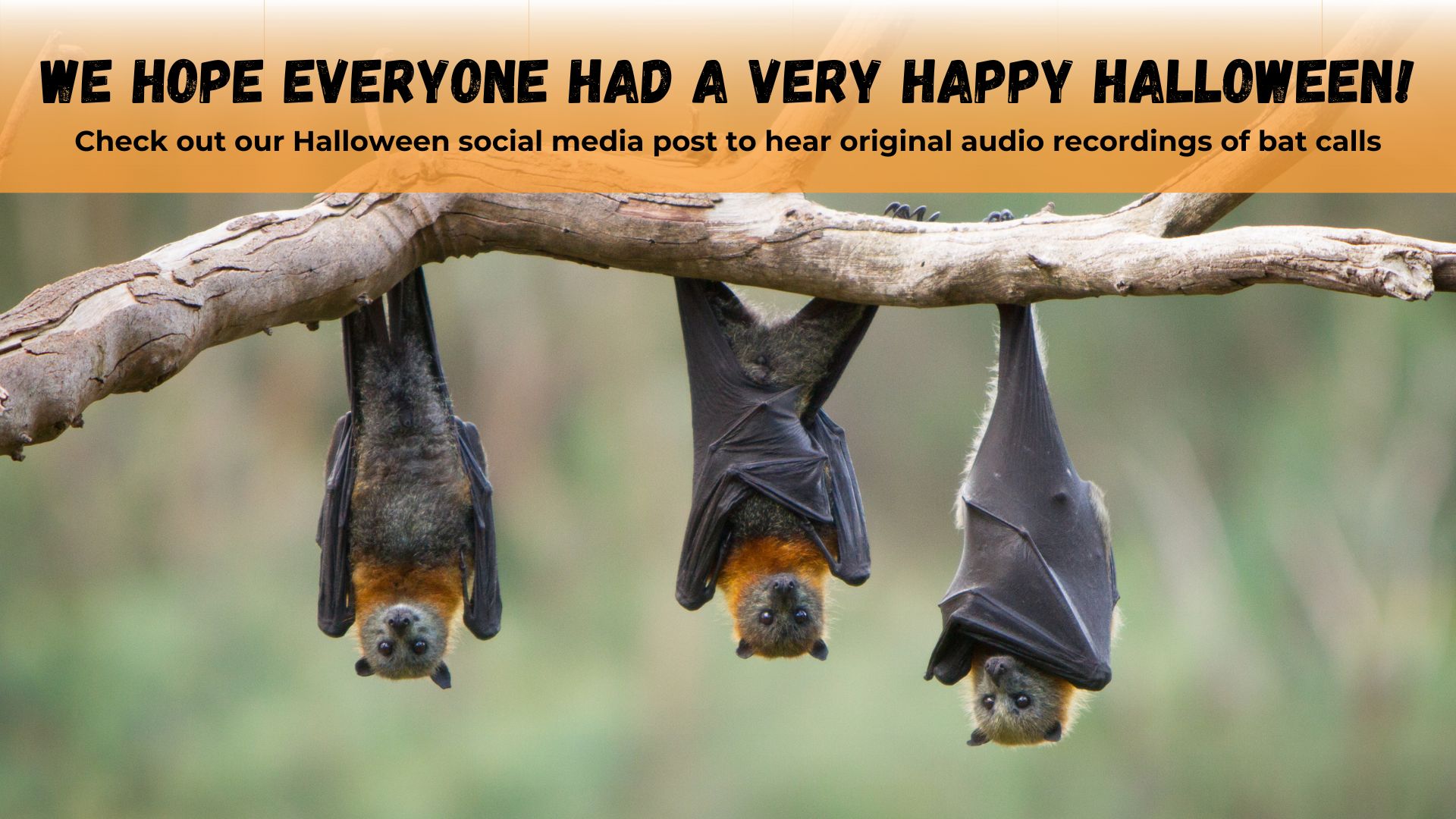CBI at COP16
A Reflection From Our Executive Director

CBI’s Robin Jones- Executive Director, Dr. Alexandra Syphard- Senior Research Scientist, and Karl Peet- Senior Advisor, Global Strategy, spent the past two weeks participating in the 16th Conference of the Parties to the UN Convention on Biological Diversity (COP16) in Cali, Colombia. The country of Colombia and the city of Cali did an extraordinary job of hosting an estimated (and unprecedented) 16,000 participants – the beauty of the region and the hospitality of the people were on full display.
To put COP16 in a broader context, just prior to the kickoff of the conference, World Wildlife Fund released its Living Planet Report with dismaying news that over 70% of wildlife on the planet has been lost, with more than 95% loss in the Latin American and Caribbean region. The urgency of all attendees in finding and implementing creative solutions was palpable throughout the event.
While in Cali, CBI co-hosted three well-attended panel discussion events, composed of international practitioners with deep experience in various fields. While the amount of material covered in each discussion was vast, the following paragraphs highlight some insightful elements from each event.
In our event, co-hosted with Despacio, SabidurAI, and World Resources Institute, entitled, “Leveraging Traditional Knowledge and Modern Technology to Reduce Tropical Deforestation, ‘Ghost Road’ Expansion, and Habitat Fragmentation”, we explored the complexity of issues associated with the buildout of linear infrastructure and its costs and benefits to both humans and biodiversity. We saw an impressive demonstration of advances in remote sensing and artificial intelligence that can provide a far more accurate representation of new road expansion than has been available to scientists and ecologists in the past, and showed just how quickly road expansion is happening in places such as the Congo Basin. Projeto Reconecta and the Smithsonian National Zoo/Conservation Biology Institute gave us a sneak peek at recent research on the efficacy in man-made crossing bridges in reducing the incidence of fauna death due to vehicle collisions.
Participants heard two distinctly different perspectives on road expansion, one from Association of Saamaka Traditional Authorities in Suriname, and one from Indigenous-owned Native Root Coffee in Colombia. The Saamaka people have historically settled along and navigated exclusively by river, and road incursion has been a largely negative development, damaging and leading to deforestation of large swaths of their sacred lands. Native Root, on the other hand, recognizes the negative impact that linear infrastructure buildout has on their ecosystem, but they are also dependent upon these roads in order to get their product to market. The discussion that ensued among our panelists and the audience was vibrant and complex.
Next up was a panel discussion entitled “Global Challenges to Sustaining Biodiversity in an Era of Changing Fire Regimes”, co-hosted with CREAF, in which our panelists highlighted the rapid changes in wildfire patterns across the globe from historic fire regimes, and the impact on biodiversity as a result. CBI’s Dr. Alexandra Syphard set the stage by contrasting two distinct ecosystems: montane forests that are adapted for and dependent on relatively frequent fire on the landscape, and mediterranean chaparral which has historically experienced relatively infrequent fire. In both instances, the frequency of these fires has changed dramatically in the past two decades, leading to dramatically negative impacts on biodiversity, as well as significant risk to human health, safety and infrastructure.
Reflecting back to our earlier session on linear infrastructure expansion, one of the presenters showcased the close relationship between roads and wildfire in Chile, showing that 90% of fires occur within one kilometer of a road. We heard evidence that showcased that the world is on the precipice of tipping into a very vicious cycle in which climate change is not only driving massive changes in fire frequency, size and intensity, but it is also becoming a driver of climate change as a very significant emitter of CO2 and destroyer of carbon biomass reserves.
The local fire agency, Bomberos Voluntarios de Santiago de Cali, provided the firefighter perspective, highlighting how the forests surrounding Cali are burning, often times for the first time, highlighting the need for fire departments across Colombia and all of the LAC region to develop new operational capacity to prevent and fight these fires, often in the absence of scientific research that can guide their management activities. As we left this event, all panelists saw the value of cooperation between academia, fire management agencies, community leadership, policymakers and industry in developing and adopting science-based approaches to best build resiliency for both communities and nature.
Finally, we ended our events in Cali with a highly informative panel discussion on “Protecting Biodiversity & Advancing Renewables Through Energy-Water-Food Synergies”, co-hosted by REN21 and Fundación Bariloche. The Former Secretaria Nacional de Energía de Panamá 2023-2024 kicked things off by providing detailed statistics on the projected minerals and water required to achieve global net zero 2050 targets through renewable energy infrastructure development. This starkly highlighted how regions with critical energy transition minerals (Africa, Asia-Pacific and Latin America and the Caribbean) will experience significant additional pressure on their biodiversity as a result of this transition. This illustrates just how important the implementation of multi-benefit infrastructure such as agrivoltaics, recycling of scarce minerals and most importantly, reduction of energy consumption will be in achieving these goals without dramatic impacts on global biodiversity.
Panelists discussed the importance of predictive models and aligned incentive programs in achieving carbon neutrality while also increasing the area of healthy habitat in support of biodiversity. We were reminded that while many parts of the world have much to benefit from shifting from fossil fuel to renewable energy generation, grassroots advocacy and education are critical to creating a groundswell of public pressure that pushes policy and investment in that direction.
The CBI team wrapped up COP16 feeling optimistic about the capacity of the attending organizations and parties to collaborate toward aligning and implementing innovative, large-scale, effective policies, incentives and programs to achieve meaningful progress toward the Kunming-Montreal Global Biodiversity Framework and Paris Agreement targets. We left with new relationships with partner organizations that complement CBI’s capabilities, and we look forward to showcasing future collaborative work that results from our collective investment of time and resources at COP16.
Advancing Private Land Conservation

The USDA Conservation Reserve Program (CRP) financially and technically aids farmers and ranchers across the country in dedicating portions of their land holdings to support conservation over a period of time. We have been working closely with the USDA in developing online tools to improve the efficacy and effectiveness of the CRP in several pilot states: Washington, North Dakota, South Dakota, Nebraska, Kansas, and Colorado. Now open to the public, a beta version of the online application is ready for testing and review!
For any location in one of our pilot States, simply drop a pin on the map and generate a list of plants that can be grown in that location. The generated list can be filtered based on various criteria such as (1) growth form, (2) soil characteristics, (3) plant tolerances, and (4) wildlife preference – to name a few. The results can then be transferred to a Vendor Match Module in one easy step, showing users where they can purchase the seeds and seedlings of the selected plant(s). Vendors can create private accounts where they can describe their business, provide and routinely update their plant species inventories, and more. CBI presented the tool at the recent conference of the American Seed Trade Association, one of the oldest trade organizations with over 650 members. Conference attendees who stopped by our exhibit provided valuable feedback and expressed excitement as the application gets rolled out for the entire country.
Our next steps are to make improvements to this application based on feedback from reviews, and expand coverage to include additional states in the months ahead, with the goal of covering the entire country.

This spooky season we wanted to share some one-of-a-kind bat calls that one of our Ecologists, Dr. Chris Cosma, recorded between July and September of 2024 in Douglas County, Eastern Washington. Since the bat calls are ultrasonic (above the frequency of human hearing) the recordings are slowed down to about 1/10 speed. This lowers the frequency to be audible to humans. Check it out!
Bat calls in the video:
- Townsend’s big-eared bat (Corynorhinus townsendi)
A candidate species in Washington state, with two endangered subspecies elsewhere inthe US. This call was detected on August 30, in a site surrounded by predominantly restored CRP land. Towsend’s bat is a moth specialist – insect decline due to pesticide use and other stressors poses a major threat to the species. - The Spotted Bat (Euderma maculatum)
Also a moth specialist, the only species in its genus, and has the largest ears of any bat species in North America. It is one of the few bat species that uses echolocation frequencies low enough to be audible to humans. - The big brown bat (Eptesicus fuscus)
A relatively large species, predominantly feeding on beetles and major agricultural pests. This bat is relatively resistant to white-nose syndrome, a fungal disease that has been decimating other bat species in the US. - The little brown bat (Mytotis lucifugus)
Once one of the most common bats across much of the US, but has experienced severe declines in recent decades, especially in the Northeastern U.S., due to white-nose syndrome. This deadly fungal disease has led to this species’ listing as endangered by the IUCN. Despite these declines, the species remains relatively common in parts of its range, including Washington state, where white-nose syndrome has not yet had as devastating an impact.